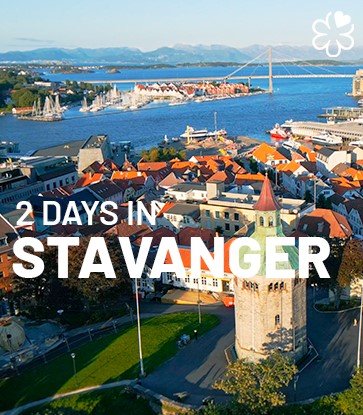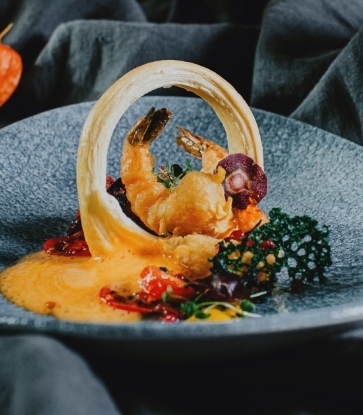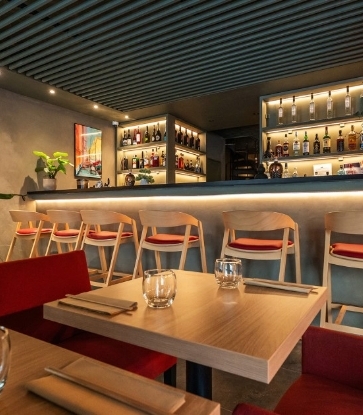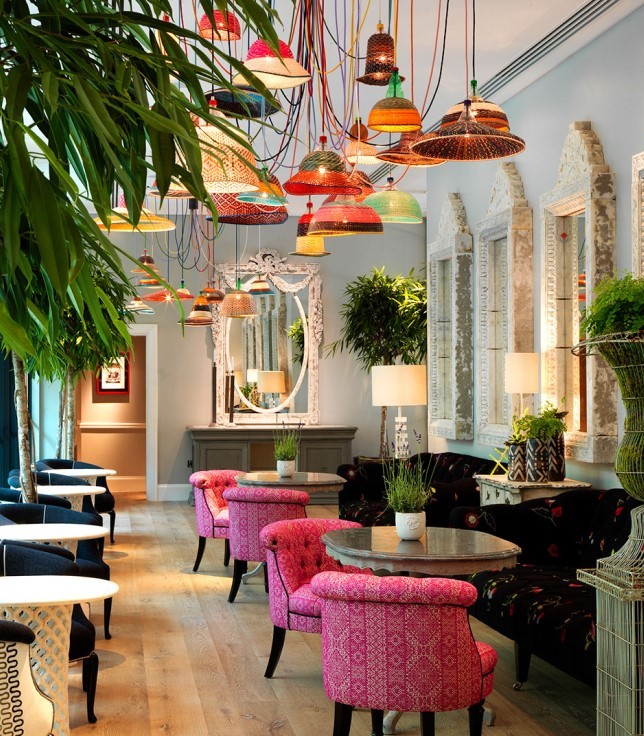With spring knocking at the door and the Easter weekend upon us, we take a look at how the different Nordic countries choose to celebrate the occasion as, although they have a lot in common, each also has its own unique culture and customs.
Traditions
Easter celebrations in Finland are a blend of religious practices and age-old customs linked to the long-awaited arrival of spring. As the 4-day Easter weekend approaches, families decorate their homes with ornaments, and a popular activity is planting rye grass seeds in a dish or placing birch twigs in a vase and watching for the first shoots – a symbol of new life and spring awakening after the long winter.
Orthodox customs still have the greatest influence over the country’s traditions – you’ll even find Lutherans attending Orthodox Church services during Easter. Evening mass on Maundy Thursday commemorates the Last Supper, while on Good Friday the Via Crucis procession – which re-enacts the Passion – is watched by thousands. On Easter Sunday, church services celebrate the Resurrection and the ‘triumph of love and light over darkness’ (a message which extends into non-religious celebrations as the spring banishes the long winter nights). During Holy Week, Bach’s Passion oratorios, the St. John Passion and the St. Matthew Passion, are performed in many churches.
For those who are less religious Easter Saturday sees the lighting of bonfires to keep evil spirits away, and is a real community event. And if you hear a knock at the door you are likely to find brightly dressed little witches waving birch or willow twigs decorated with colourful feathers and crepe paper and chanting "Virvon, varvon, tuoreeks terveeks, tulevaks vuodeks; vitsa sulle, palkka mulle!" (I wave a twig for a fresh and healthy year ahead; a twig for you, a treat for me!) This blessing is thought to drive away evil spirits from the home and in return, the witches are rewarded with chocolate eggs, sweets or small change. With pagan and Christian traditions becoming intertwined, you will find the same practice taking place in southeast Finland, only this time on Palm Sunday, with the twigs a representation of the palm leaves.
Dinner on Easter Sunday is likely to be roast lamb seasoned with herbs and garlic and accompanied by boiled or roasted vegetables. Cold cuts, aspics and pâtés also feature, alongside various egg and fish dishes such as such as fish roe, marinated herring and gravlax.
This is followed by one of two traditional Easter desserts. Mämmi, a gooey dark brown pudding made from rye flour, malted rye, seasoned salt and dried orange zest, has been in existence since at least the 16th Century. It was originally presented in birch bark trays called tuokkonen or rove and is served cold, often with sugar and cream.
The other option is pasha, a creamy-coloured pudding of rakha (sweetened homemade cheese), eggs and cream flavoured with almonds and raisins – and often served with cloudberry preserves. It is left overnight to solidify in a wooden mould decorated with religious motifs, and is most popular with the Orthodox Christians – likely due to the fact that during the Easter fast, they are forbidden to eat meat, eggs and dairy products.
Hero Image: Klaus K hotel in Helsinki, Finland (Klaus K)















